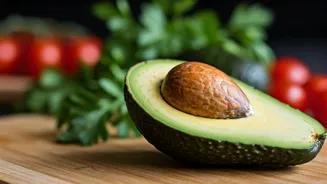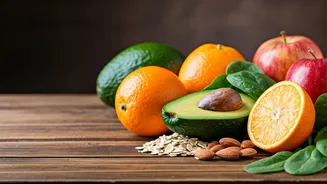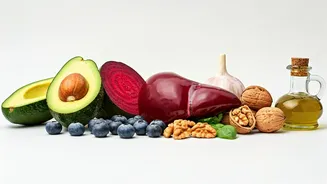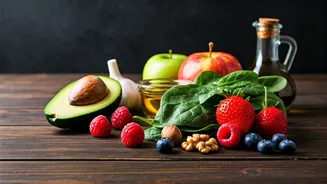Understanding the Plate
The Harvard Healthy Eating Plate is designed as a visual guide to constructing balanced meals. The plate is divided, with half dedicated to fruits and
vegetables, and the other half split between whole grains and healthy protein sources. The focus is on quality and variety, highlighting the importance of making informed food choices every day. This approach encourages a shift away from processed foods and promotes a diet rich in nutrients and fiber. The guidelines encourage consuming plenty of fruits and vegetables of various colours, as each offers different vitamins and antioxidants. These should fill half of the plate and can include leafy greens, colourful peppers, and berries. Furthermore, a quarter of the plate is dedicated to whole grains, such as brown rice and quinoa, emphasizing their role in providing sustained energy. The remaining quarter is reserved for healthy protein sources like fish, poultry, beans, and nuts, which are essential for muscle building and overall health. Healthy oils, such as olive oil, are also highlighted, encouraging their use over unhealthy fats.
Fruits and Vegetables
According to Harvard's recommendations, fruits and vegetables should make up half of your meal. Emphasizing variety, the guidelines suggest incorporating a wide array of colours to ensure a broad spectrum of nutrients. Each colour represents different vitamins, minerals, and antioxidants essential for maintaining good health. This section of the plate should be filled with various options, including leafy greens like spinach and kale, colourful vegetables such as bell peppers and broccoli, and a selection of fruits like berries and apples. The goal is to provide a rich source of fibre, vitamins, and minerals that support overall well-being. Fruits and vegetables are also naturally low in calories and contribute to feeling full, aiding in weight management. Fresh, frozen, and canned options are all acceptable, but it's important to be mindful of added sugars and sodium in some canned varieties. Furthermore, the focus on variety ensures that you're getting a mix of different phytonutrients, which are beneficial plant compounds.
Whole Grains Benefits
The next key element of the Harvard Healthy Eating Plate is the inclusion of whole grains, which should make up approximately one-quarter of the plate. Unlike refined grains, whole grains retain all parts of the grain, including the bran, germ, and endosperm, providing a comprehensive source of nutrients. This section highlights options such as brown rice, quinoa, oats, and whole-wheat bread. These grains are rich in fibre, which aids digestion, stabilizes blood sugar levels, and keeps you feeling full for longer. Consuming whole grains also contributes to reducing the risk of heart disease, type 2 diabetes, and certain cancers. The emphasis on whole grains encourages choosing products that list a whole grain as the first ingredient. Additionally, the guidelines suggest limiting refined grains, like white bread and white rice, which have been stripped of their beneficial nutrients. Instead, focusing on the consumption of whole grains provides sustained energy release and supports long-term health.
Protein Power Choices
Healthy protein sources fill the remaining quarter of the plate. The Harvard guidelines suggest focusing on lean protein sources such as fish, poultry, beans, and nuts. These foods provide essential amino acids needed for muscle building and repair, as well as various other bodily functions. Fish is particularly emphasized due to its rich omega-3 fatty acid content, which is beneficial for heart and brain health. Poultry, especially skinless chicken or turkey, is a lean option that can be included in meals regularly. Beans and legumes are excellent plant-based protein choices that also provide fibre and essential nutrients. Nuts and seeds, when consumed in moderation, can offer healthy fats and protein. It's important to limit red meat and processed meats, which have been linked to an increased risk of heart disease and certain cancers. The emphasis on choosing a variety of protein sources ensures that you're receiving a balanced intake of nutrients, contributing to overall health and well-being.
Healthy Oils and Hydration
Complementing the other components of the plate are healthy oils and the importance of hydration. The Harvard guidelines recommend using healthy oils such as olive oil, canola oil, and other unsaturated fats in cooking and salad dressings. These oils are a source of essential fatty acids that support heart health and overall cell function. The guidelines encourage avoiding unhealthy fats like saturated and trans fats found in processed foods. In addition to the plate composition, it's crucial to consider beverages. The recommendations highlight the importance of staying hydrated by drinking water, tea, or coffee, and they advise limiting sugary drinks like soda and juice. These sugary beverages add empty calories and can contribute to weight gain and various health issues. Water, in particular, helps with nutrient absorption, aids in digestion, and regulates body temperature. Making informed choices about oils and staying hydrated is essential for supporting a healthy lifestyle.











